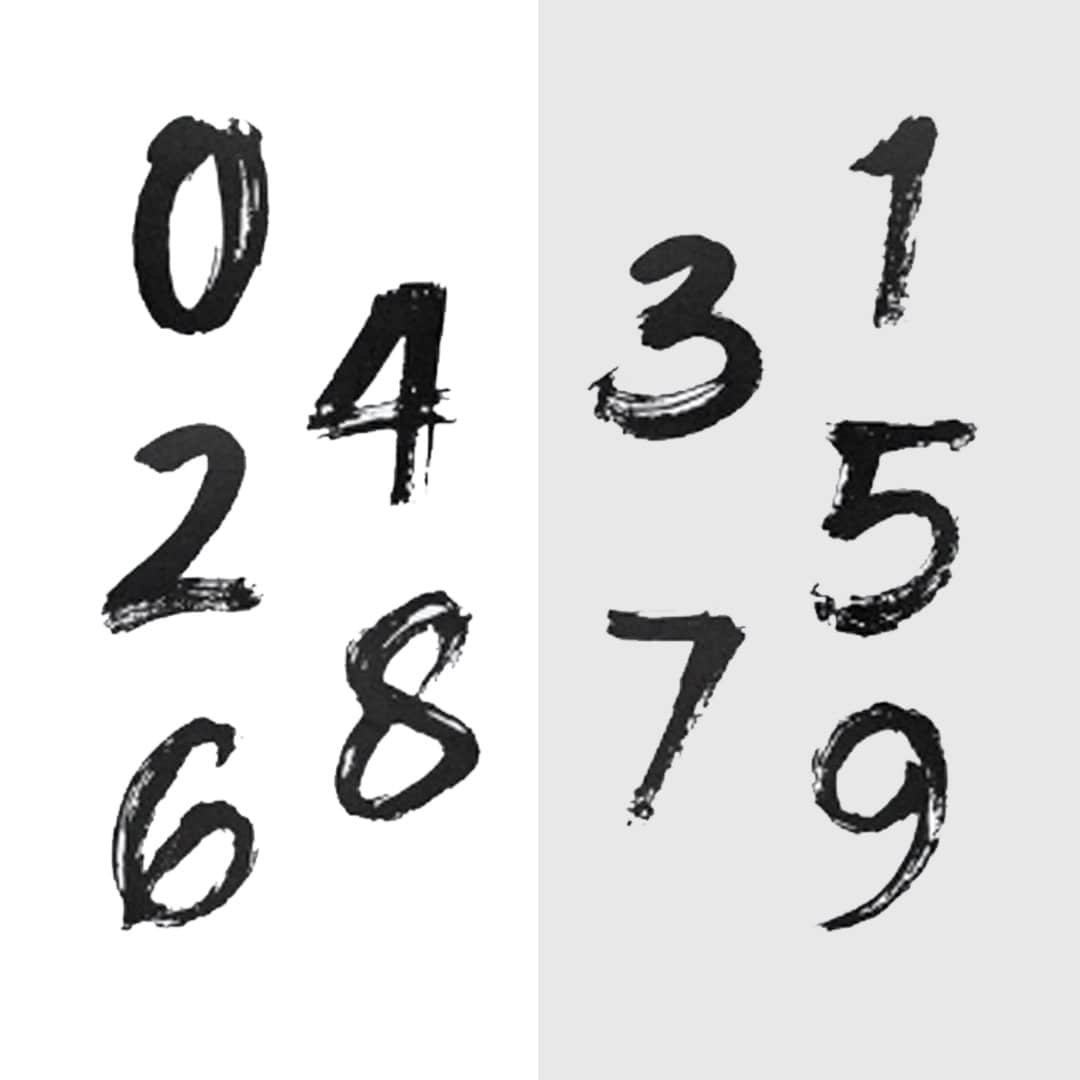Please enter the code we just sent to whatsapp 91-11-46710500 to proceed
Didn't Receive OTP?

Each day, figures assist us in counting cereal flakes and determining why rockets soar into the universe. Of all the figures, two categories are special for possessing defining characteristics and readily recognizable personalities: even and odd numbers. These labels count because they indicate an important division in the realm of integers that influences all kinds of mathematics, from elementary to advanced. Recognizing the small yet important distinction between even and odd numbers is the first step in fully embracing the logic and elegance of math.
Dive into the attributes that distinguish these numerical twins, filled with easy explanations and generous helpings of even-number examples and odd-number examples to highlight their distinguishing features.
To be even, a number simply needs to be perfectly divisible by 2. Think about dividing up candy between two friends and having no pieces leftover; if you divided it up with no leftovers, there would be an even amount. It's easy to recognize factors that cause market failure, thanks to this simple concept. For example, 2, 4, 6, 8, 10, 12, 14, 16, 18, and 20 are all traditional even number examples. A similar phenomenon is occurring in almost all families. Every even number ends with the numbers 0, 2, 4, 6, or 8. This is easy enough that you can recognize larger numbers too, such as 100, 256, or 9,876. All of them are configured to divide into two halves.
Or you can describe odd numbers as those numbers that never yield a complete solution when divided by 2. Now, suppose you have those candies, and regardless of how you divide them between two friends, you're never able to have an exact even number. That is the primary feature of odd numbers. Examples of common odd numbers are 1, 3, 5, 7, 9, 11, 13, 15, 17, and 19. Also referred to as odd numbers, they possess a definite last digit: always 1, 3, 5, 7 or 9. Notice that the last digit is 4, 1, or 9, then you know the number you are looking at is odd.
Aside from their basic divisibility, even numbers have some interesting properties of even numbers that make them very calculable in mathematical operations. A simple one to recall is that the sum of two even numbers is also always an even number. Two even numbers have a difference of an even number
For example, 10 - 4 = 6. No matter what even number you multiply by, the answer is always even, for example, 6 x 3 = 18 and 6 x 4 = 24. This particular property in multiplication deserves to be remembered. Many times, even numbers are seen as symmetrical and paired, like socks and the items found in an evenly divided collection. They are, in fact, the best and neatest of all the number family.
Just as even numbers have their distinct characteristics, odd numbers possess their own set of fascinating properties of odd numbers. Summing two odd numbers yields a result that is always even (e.g., 3 + 5 gives you 8). Some may find this confusing since it seems any other way at first. Think of them as two elements from the previous part of the series joining to make a full set. Summing up two odd numbers gives an even result, such as 9 - 3 = 6. You should notice that odd numbers become odd numbers when multiplied by each other (as in 5 x 7 = 35). The difference from multiplication by even numbers is very important here. Odd numbers, often, mean one can’t find a match, which is valuable in places that use a single item rather than a pair.
That’s when things start to get exciting—when even and odd numbers are put together. Adding together two numbers, one even and one odd, you’ll get an odd sum (e.g., 2 + 3 = 5). You can see it when you think of the remainder: an even number doesn’t leave one, an odd number does, so they have just one leftover. For subtraction, too, an even number taken away from an odd number (or vice-versa) leaves an odd result (e.g., 7 - 4 gives 3).
Whenever you multiply an even number by an odd number, you get an even number (such as 4 x 5 = 20). Regardless of how many strange things happen with odd numbers, the smooth division of two by even numbers means this property continues in their product.
This does not involve only unused mathematical procedures; these results highlight how our system of numbers always acts the same way, thanks to the solid base of even and odd definitions.
While understanding the difference between even and odd numbers might seem like a simple school lesson, these concepts have real-world applications and appear in various contexts. Even in different fields, including programming and statistics, the even-odd quality (parity) of a number can turn out to be important. Youngsters naturally gain an understanding of these things when sharing their toys or counting their fingers, preparing them for future math lessons. Many people go through the process of knowing if a number is even or odd each day, thanks to its common nature.
Basically, even and odd numbers have important roles in helping us group, understand, and anticipate the actions of integers. When we learn about their main ideas, different feature,s and relationships, we gain a better sense of how math is so elegantly connected throughout. Next time you see a number, notice if it is odd or even – it just might open your eyes to something interesting!
Alpha Math offers a game-based learning experience with a unique four-step approach to mastering every concept in math. Schedule a Free Class Now